Since 2000, Serpentine has commissioned a temporary summer pavilion designed by a leading architect. This series showcases the work of an international architect or design team who hadn’t completed any building in England at the time of invitation from the Gallery. The main objective of the pavilion is to showcase the work of architects pushing the limits of contemporary architecture and introduce their innovative ideas to a larger audience.
Serpentine South, formerly the Serpentine Gallery, was established in 1970. In 2013, Serpentine North was opened to the public and named the Serpentine Sackler Gallery. The name was changed back to Serpentine North in 2021.
Here is a closer look at the Serpentine Pavilion from the past 8 years:
2023 – Lina Ghotmeh
The Pavilion was inspired by Mediterranean history and vibrant debates around the table about current events, politics, personal lives, and dreams. The name of the Pavilion is “A table,” which is a French appeal to join together around the table to share a meal and dialogue. As a direct consequence, the Pavilion’s inside consists of a circular table that runs along the edge. This table extends an invitation to us to gather and celebrate the interactions that pave the way for the formation of new relationships.
This year, Ghotmeh invites us to share the thoughts, concerns, pleasures, dissatisfactions, responsibilities, customs, cultural memories, and histories that bring us together. By considering food as an expression of caring and offering a moment of friendliness around a table, Ghotmeh views food as a means to bring people together.
2022 – Theaster Gates
Theaster Gates, an artist based in Chicago, drew inspiration for his pavilion, Black Chapel, from a wide variety of architectural styles that play a role in the artist’s practice. The Black Chapel in Kensington Gardens’ Serpentine Gardens was a place for reflection as well as for getting together with others. The oculus at the structure’s geographic centre provided a single source of light, establishing a haven for contemplation, retreat, and socialization. This project represented the artist’s continued interest in ‘the vessel’ in his studio practice as well as his well-known interest in space-making through his urban regeneration efforts.
2021 – Counterspace Studio
Sumayya Vally was the director of the 20th Serpentine Pavilion, which was designed by Counterspace, a company based in Johannesburg. The design of the Pavilion was inspired by locations in London neighbourhoods that are significant to diasporic and cross-cultural communities, such as Brixton, Hoxton, Tower Hamlets, Edgware Road, Barking and Dagenham, and Peckham. These locations served as places of gathering, organizing, and belonging in the past as well as in the present day. The Pavilion makes reference to and pays homage to previously existing as well as previously erased locations that have held communities in the past and currently continue to do so over the course of time. This is a response to the historical erasure of informal community spaces around the city.
The Pavilion is constructed out of recycled metal, cork, and wood that has been covered with micro cement. The shifting pink and brown tones, which allude to changing degrees of light quality, were conceived as a response to the architecture of London.
2019 – Junya Ishigami
Junya Ishigami was a Japanese architect who was recognized for creating experimental buildings that interpret the rules of traditional architecture and reflect natural events. The design that was created by Ishigami was motivated by roofs, which are the element of architecture that is used the most frequently all over the world. Slates were arranged in such a way as to produce a single canopy roof for the 2019 Serpentine Pavilion. This roof gave the appearance of having sprung from the ground of the surrounding park. The interior of the Pavilion featured a room that resembled a cave and served as a sanctuary for introspection. Ishigami’s ‘free space’ philosophy, which seeks harmony between man-made buildings and those existing in nature, was articulated through the Pavilion by Ishigami.
2018 – Frida Escobedo
A renowned architect, Frida Escobedo was most known for the vibrant projects she has designed to revive urban space. The Pavilion that was designed by Escobedo was conceived as an enclosed courtyard that included two rectangular volumes tilted at an angle. The axes of the inner courtyard and the outer walls were both aligned with the eastern facade of the Serpentine Gallery; however, the axis of the inner courtyard ran directly north. The Pavilion’s pivoting axis alluded to the Prime Meridian, which was created in 1851 in Greenwich and later became the global standard time and geographical distance marker. Internal courtyards are a common component of Mexican residential design.
2017 – Diébédo Francis Kéré
The Serpentine Pavilion 2017 was created by Diébédo Francis Kéré, a 2022 Pritzker Prize laureate, and architect from Gando, Burkina Faso. He responded to the requirement with a daring and inventive building that brought his signature sense of light and energy to the lawns of Kensington Gardens. Francis Kéré’s design for the responding Pavilion was motivated in part by the tree in his hometown of Gando, which acts as a focal point for community life.
Kéré’s goal in creating the Pavilion was to link its guests to nature as well as to one another. A broad roof, which was supported by a central steel framework and reached the canopy of a tree, provided protection from the rain and heat of summer in London while still enabling air to freely circulate underneath it.
2016 – Bjarke Ingels
The Bjarke Ingels Group (BIG) designed the Serpentine Pavilion as an ‘unzipped wall’ that was transformed from a straight line into a three-dimensional space, creating a dramatic structure that by day housed a café and free family activities and by night became a space for the Serpentine’s acclaimed Park Nights programme of performative works by artists, writers, and musicians.
The walls of the BIG’s pavilion are made out of pultruded fibreglass “bricks,” which allow natural light and views into the inside of the pavilion to pass through each individual brick. Wood is used in the construction of the floors and furniture, which, when combined with the translucent fibreglass, gives “every surface a warm glow and linear texture.” The offsets of each individual brick create a fascinating dance of light and shadow that is apparent from the inside of the structure. This is visible since the structure is brick.
2015 – SelgasCano
The 15th Serpentine Pavilion was designed by the Spanish architectural firm SelgasCano in the year 2015. The Pavilion was an amorphous, double-skinned polygonal structure that was composed of panels of a translucent, multi-coloured fluorine-based polymer (ETFE). These panels were woven through and coiled like webbing. Visitors could enter and exit the Pavilion at a number of various places, travelling via a ‘secret tunnel’ between the exterior and inner layer of the structure and into the brilliant, stained glass-effect interior of the Pavilion. Visitors may also enter and exit the Pavilion at a number of different spots.
The architects drew inspiration not only from the site itself but also from the ways in which people move through London, particularly the flow of the Underground, which is multilayered, chaotic, and yet structured. The design of Selgascano’s Pavilion was inspired by Smiljan Radi’s Pavilion from 2014, which many people described as looking like a spaceship perched atop Neolithic stones.




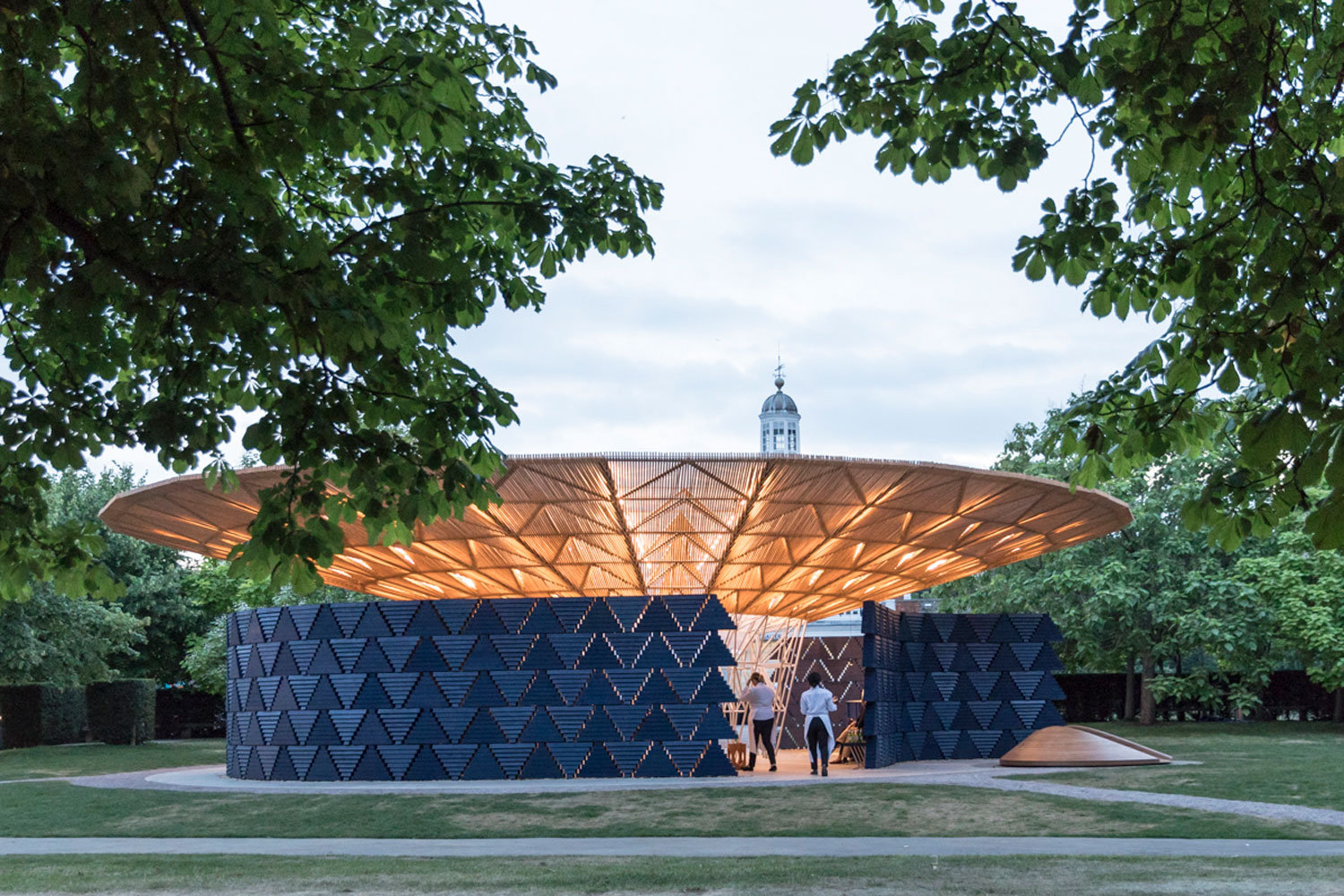
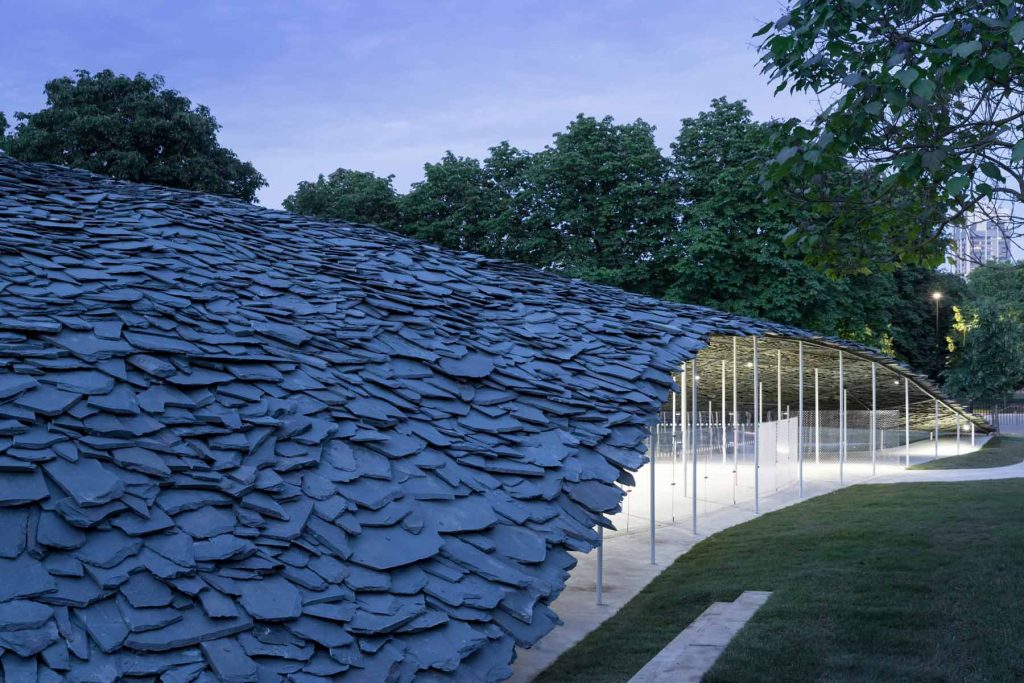
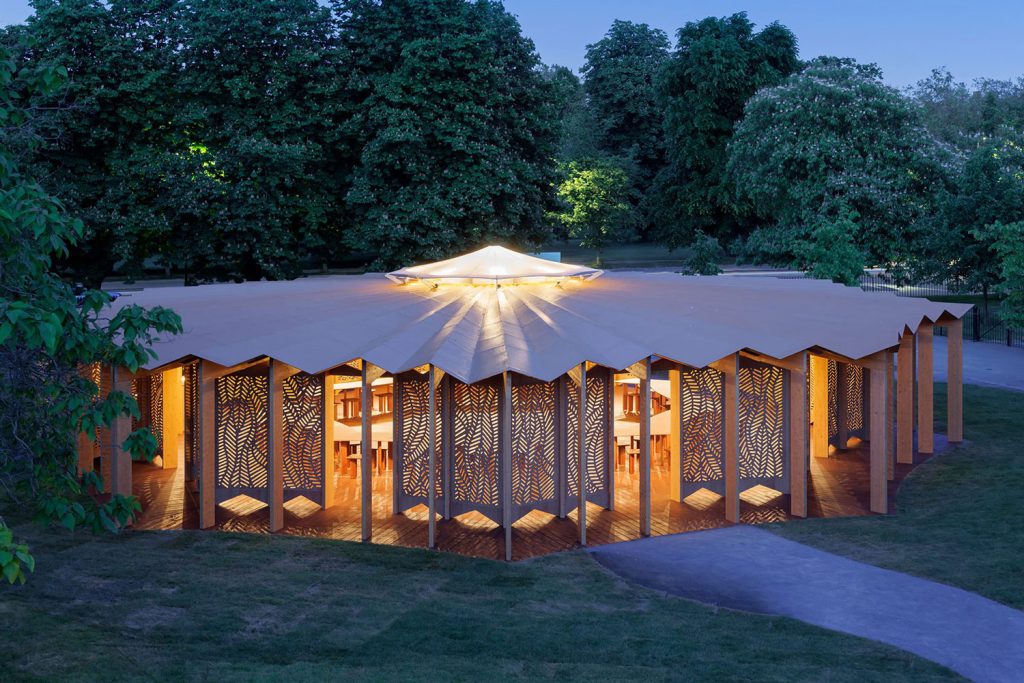
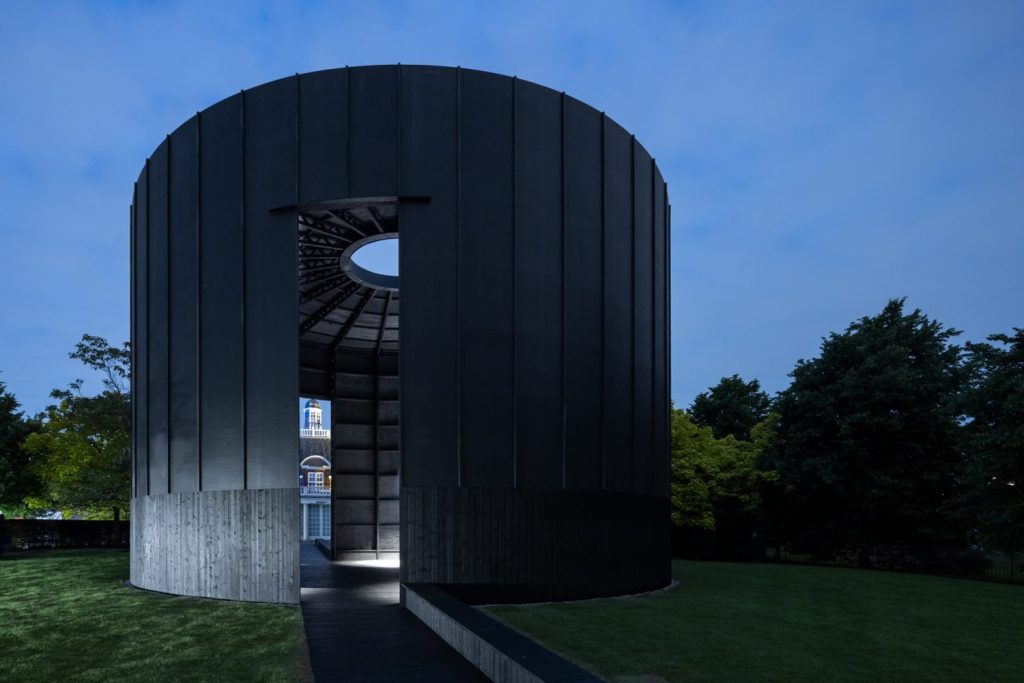
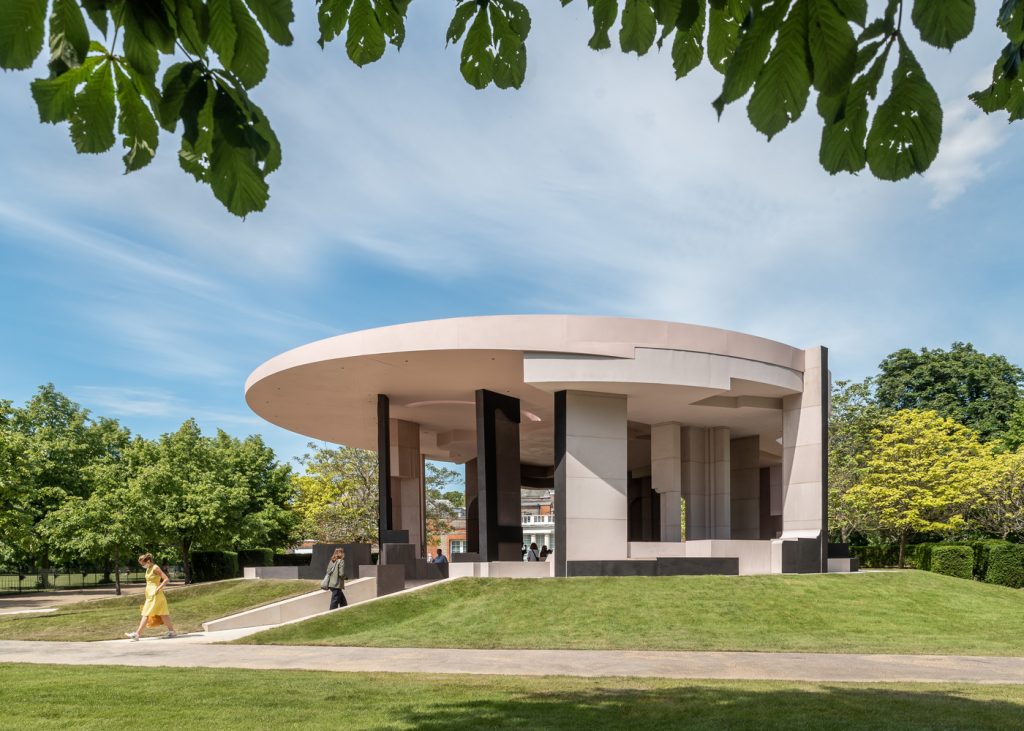
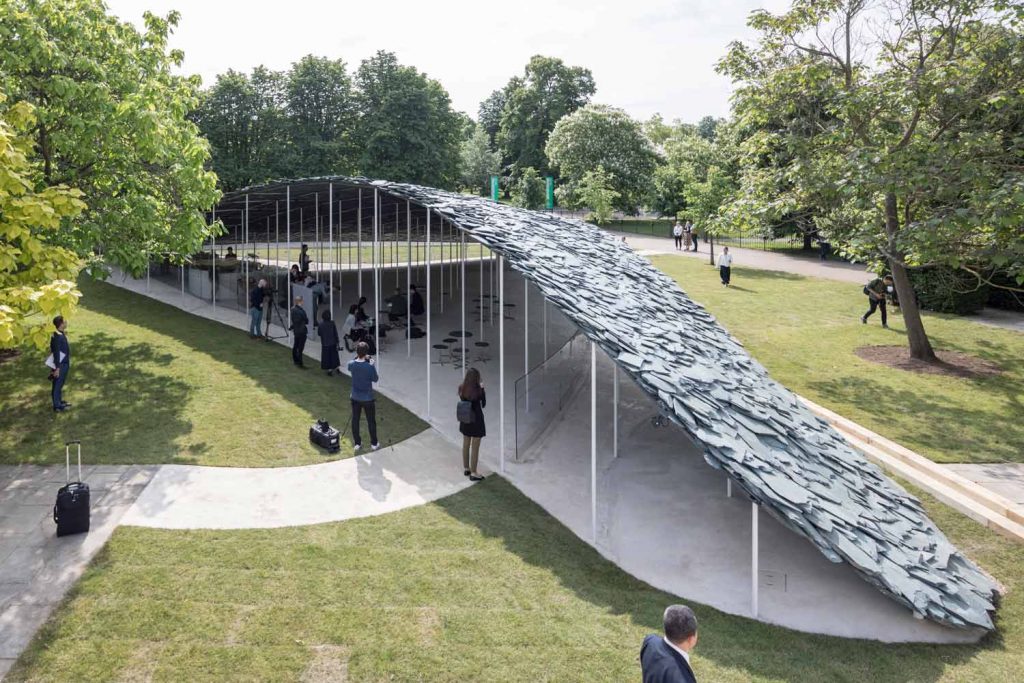
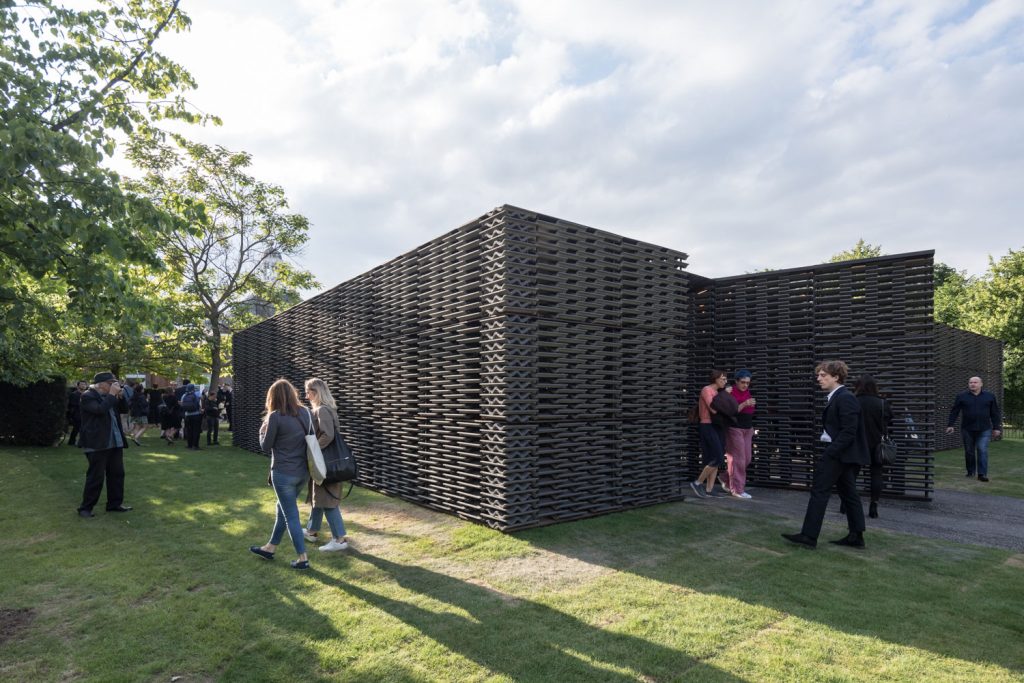
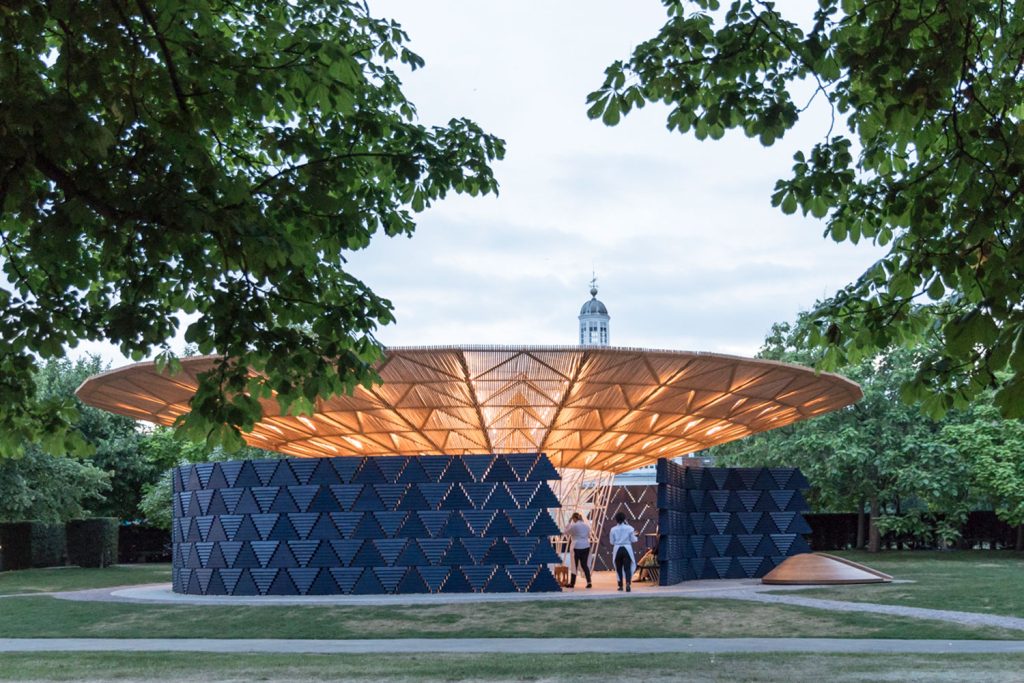
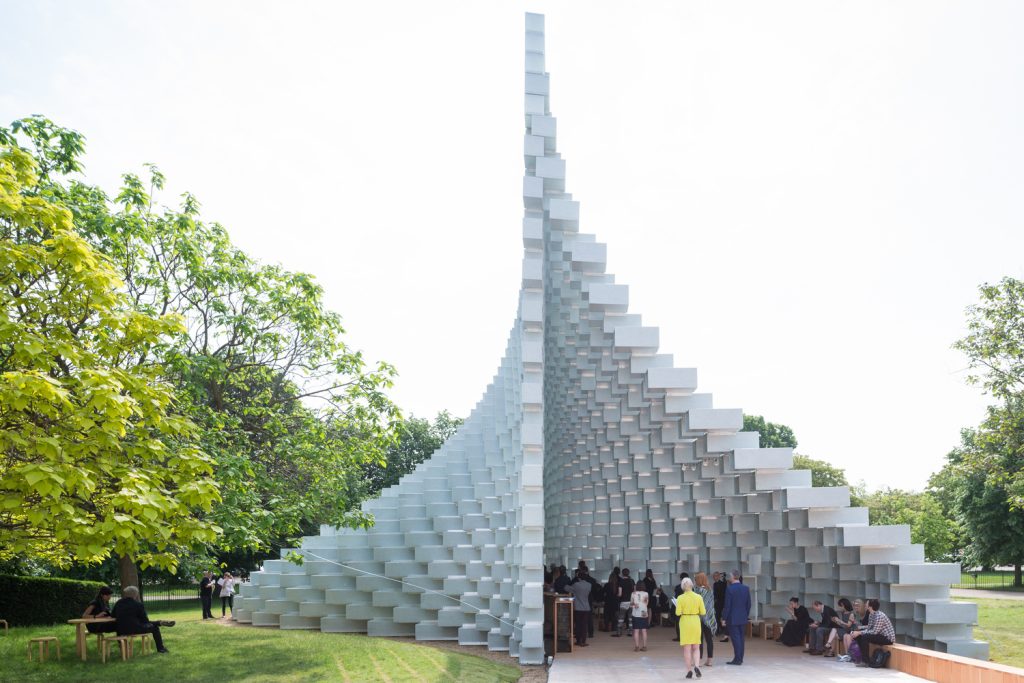
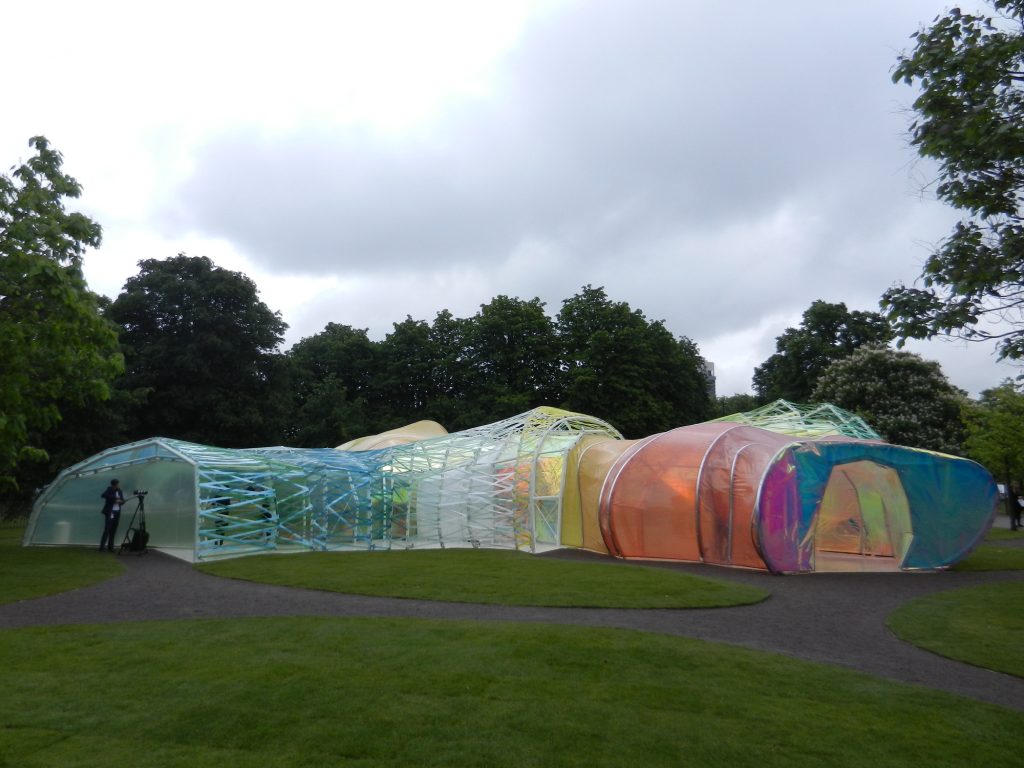














Leave a comment